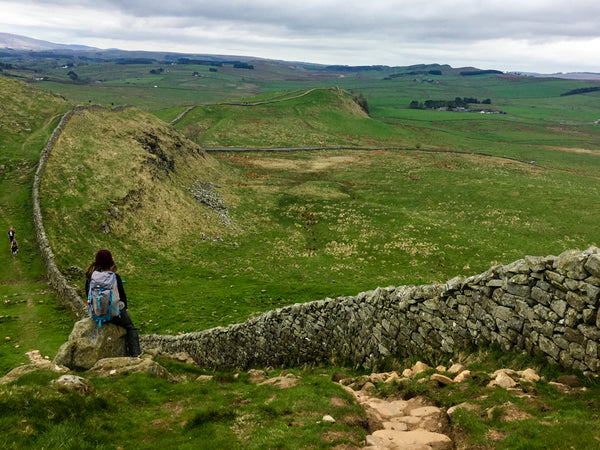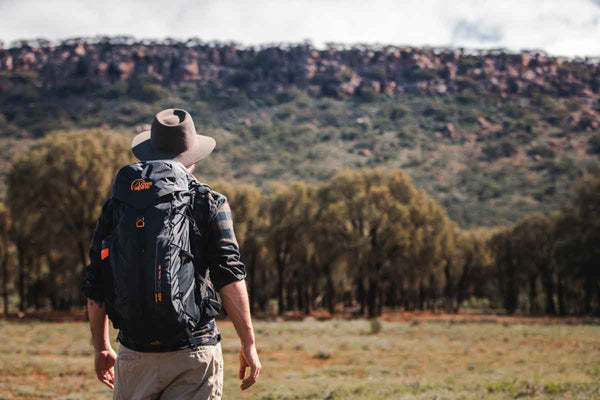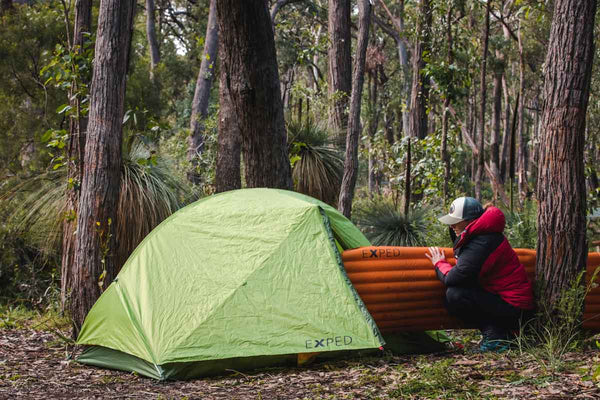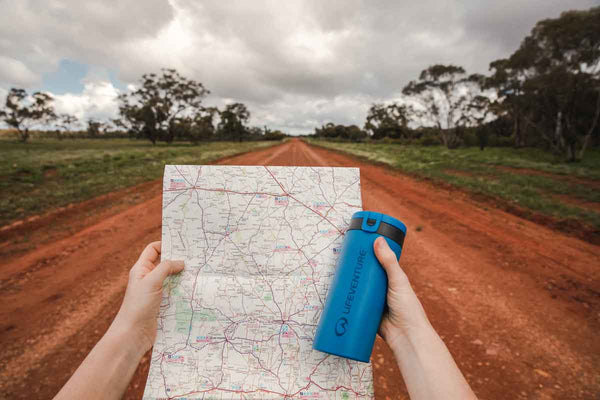
An Overview of the Hadrian's Wall Trail, UK.
by Almis Simans
Did Emperor Hadrian really build the wall? Well, yes and no. But more about that later….
Following the Wall near Greenhead
If there’s one walk you want to do in Northern England that will take you back to the Roman era, then Hadrian’s Wall Trail is for you.
We had long thought about walking the wall and an opportunity came up last year so we packed our bags, booked one of the self-guided itineraries (you can tailor-make your own) and spent 12 days walking along the route of the wall. Both Sherpa Expeditions and Contours Walking Holidays provide self-guided itineraries which organise your accommodation and daily transfer of luggage. We also used the Mark Richards’ guidebook ‘Hadrian’s Wall Path’, which is a useful illustrated booklet, with line-drawings, detailed maps and route directions.
In many ways this trip takes in the best aspects of walking in England. We visited and stayed in quaint villages, walked through farmland and explored regional centres such as Newcastle and Carlisle. History was all around us and we also visited Lanercost Abbey and Burgh-by-Sands, two places that Edward I stayed at just before he died.
The trail attracts walkers and visitors from around the globe seeking to experience Roman life on the edge of the Empire. Open to walkers, cyclists and horse riders, it runs for about 135 km between Newcastle-on-Tyne and Bowness-on-Solway. The route follows the wall that Hadrian had built in 122 AD.
The Bath House at Chesters Roman Fort
For those contemplating this hiking trail for their walking holiday in England, a certain amount of planning is required. Although the path is well marked, always take a guidebook, map and compass with you. The English weather is unpredictable and needs to be catered for. Most of the hiking trail provides fairly easy walking but there are some stiffer sections on Sewingshields Crags.
A little history: In 122 AD Roman Emperor Hadrian initiated the construction of a massive wall. According to Historia Augusta the wall was built 'to separate Romans from barbarians'. It deterred attacks on Roman territory and controlled cross border trade and immigration. Unlike the Germanic limes (boundaries) built of wood palisades, the lack of suitable wood in the area required a stone construction. The western third of the wall, from modern-day Carlisle to the River Irthing, was built of turf because of the lack of building stone. The lack of stone in the area also led to the narrowing of the width of the wall, from the original 12 feet to 7 feet.
For 12 days we were immersed in the Roman way of life on the edge of their empire, and it was fascinating. We visited a number of Roman forts such as Segedunum in Newcastle, Chesters and Birdoswald, as well as the Roman Army Museum near Greenhead. Hadrian’s Wall Path ends at Bowness-on-Solway, the site of the Roman fort of Maia, the most remote of the forts.
Oh, and Hadrian did build the original wall in 122 - 128 AD, but the ruins we see today belong to 198-208 AD, the period of Severus’ rebuilding program.
The Barbarian Side Ditch near Wallhouses
See more Walking Journeys information at Almis' website: www.goodwalkingbooks.com








